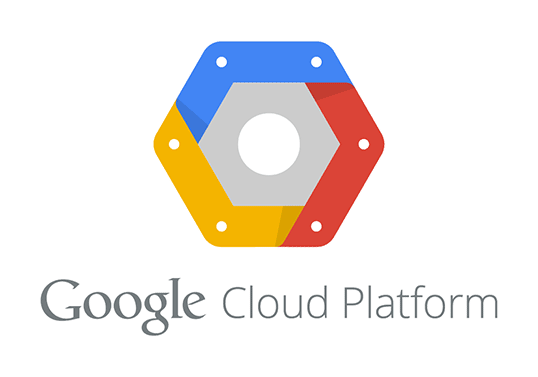 CLOUD
CLOUD
 CLOUD
CLOUD
 CLOUD
CLOUD
Barely a week after Amazon Web Services Inc. said it would introduce a per-second billing option for its cloud customers, Google has announced it’s giving its customers the same choice.
Google today said the new per-second payment option is available for its Google Compute Engine, Container Engine, Cloud Dataproc and App Engine services. But whereas Amazon’s per-second pricing only goes into effect Oct. 2, Google said it’s offering is available immediately. In addition, Google scored a second victory over Amazon, which only offers per-second pricing for services running on Linux, whereas Google’s offer extends to services running on Windows as well.
Interestingly, Paul Nash, group product manager for Compute Engine, seemed less than convinced about the benefits of per-second pricing in his blog post announcing the move. That would suggest the only reason Google is doing this is so it can match Amazon.
“In most cases, the difference between per-minute and per-second billing is very small — we estimate it as a fraction of a percent,” Nash wrote. “On the other hand, changing from per-hour billing to per-minute billing makes a big difference for applications (especially websites, mobile apps and data processing jobs) that get traffic spikes. The ability to scale up and down quickly could come at a significant cost if you had to pay for those machines for the full hour when you only needed them for a few minutes.”
In contrast to Nash’s lack of enthusiasm, AWS Chief Evangelist Jeff Barr last week offered a number of examples in which he thought per-second billing could benefit customers.
“Some of our more sophisticated customers have built systems to get the most value from EC2 by strategically choosing the most advantageous target instances when managing their gaming, ad tech or 3D rendering fleets,” Barr said. “Per-second billing obviates the need for this extra layer of instance management, and brings the costs savings to all customers and all workloads.”
One possible benefit of per-second billing that neither company mentioned lies in serverless computing technologies, in which the allocation of machine resources is dynamically managed by the cloud provider. Serveless computing is growing increasingly popular with developers as it helps them to deal with brief and unexpected spikes in demand – and that’s exactly the kind of scenario where per-second billing might help them to save money.
Google said per-second billing is available with a minimum one-minute charge, just like for AWS.
THANK YOU